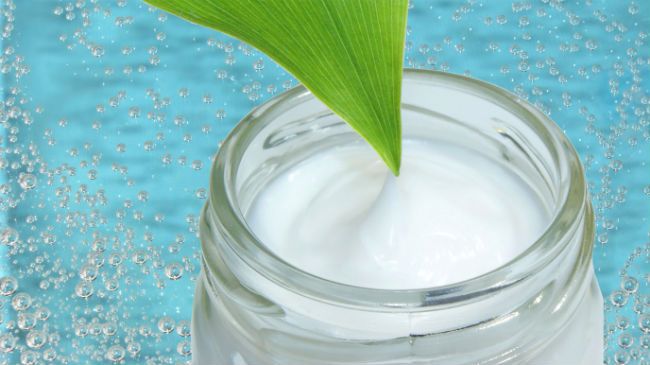
 Emollients are substances which soften and soothe the skin. They are commonly found in the form of butters and oils and help with dryness and the ability for the hair and skin to hold onto water. Emollients are part of the composition of moisturizers. They provide occlusion to the skin (a layer of oil to slow water loss and increase moisture content”> and serve as a humectant (preserve or increase water content”>.
Emollients are substances which soften and soothe the skin. They are commonly found in the form of butters and oils and help with dryness and the ability for the hair and skin to hold onto water. Emollients are part of the composition of moisturizers. They provide occlusion to the skin (a layer of oil to slow water loss and increase moisture content”> and serve as a humectant (preserve or increase water content”>.
[prodmod]
[quote cite=”Often the terms “Moisturizer” and “Emollient” are used interchangeably.” align=”aligncenter”][/quote]
However, “emollients” more often describes a single ingredient, whereas “moisturizer” describes a finished product. Emollients also act as hair sealers. When using emollients in your hair care regimen, you would apply your water-based moisturizer first and then an emollient sealer on top.
Examples of natural emollients
Lanolin, Plant Oils, Shea Butter, and Cocoa Butter.
Other emollients
Cetearyl Alcohol, Isopropyl Myristate, Triglyceride, Myristic Acid, Palmitic Acid, PEG-60 Hydrogenated Castor Oil, Glyceryl Linoleate, Cyclomethicone, Dimethicone, Decyl Oleate, and Stearic Acid.
Why do we need emollients?
Natural emollients are great for the skin and hair. They help nourish and seal in moisture so that the skin and hair will become less dry and softer. This can also benefit the hair by it becoming less frizzy. Synthetic emollients are more occlusive and can form a coating around the hair, similar to non water soluble silicones. This can stop additional moisture from getting into the hair. Overuse of synthetic emollients can actually cause the hair to become more dry and frizzy. Though some people may have have issues with synthetic emollients, in my opinion using natural ones is the way to go. My personal favorites are coconut oil, argan oil and shea butter.